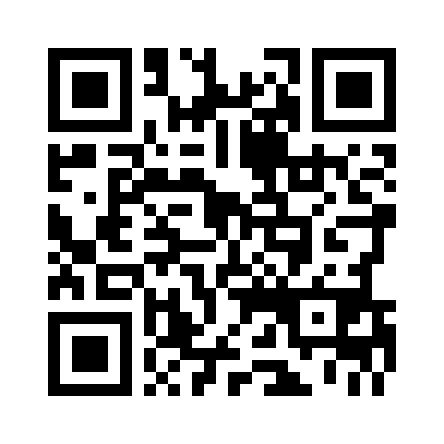Use biometric information to achieve a healthy life
Biometric information reflects the vital signs of the body's basic functions. Such information includes body temperature, pulse / heart rate, respiratory rate and blood pressure. This information is crucial because a negative change in vital signs may indicate a drop in health and vice versa. Obviously, hospitals and doctors' offices are equipped with expensive equipment to measure these biometric information. However, quality of life can be greatly improved if these biometric information can be measured outside the healthcare environment efficiently and at low cost. For example, lifestyles and behaviors can be changed in real time, anytime, anywhere, at home or in the work environment to improve health and potentially extend or even save lives. Fortunately, smart wearable devices for healthcare have seen a surge due to lower device prices and sensor technology improvements. These include simpler and attachable "monomorphic" test products, as well as the more complex, sensor-filled, human-body-covered human bones. However, partitioning and powering these wearable devices from the standpoint of integrated circuit (IC) electronic components is not trivial. To further understand this, let's dive deeper into the typical smart wearable device.
Typical smart wearable device
What does a typical smart wearable include? People may think of this device as a micro-embedded system. Obviously, the exact partition depends on the device itself, but in general, the core of smart wearable devices consists of the following components:
• A microprocessor or microcontroller or similar IC
• Some kinds of Micro Electro-Mechanical Sensors (MEMS)
• Small mechanical actuator
• Global Positioning System (GPS) IC
• Bluetooth / cellular / Wi-Fi connectivity to collect / process and synchronize data
• Imaging electronics, LED
• Calculate resources
• Rechargeable or primary (non-rechargeable) battery or battery pack
• Supporting electronic components
The main design goals for wearable products are often to achieve compact form factors, light weight for wearability / comfort, and ultra-low power consumption to extend battery life / life. However, supplying this type of equipment with minimal current, high efficiency and accuracy is not that easy. Some of the key questions related to powering smart wearable devices are as follows:
1) In battery-operated equipment, the ability of power management ICs to dissipate a small amount of current is critical to extending operating hours. Micropower or nano-power conversion IC is necessary.
2) MEMS sensors require a very low noise, stable power supply. Busy actuators can also benefit. LDOs or low ripple switching regulators are ideally suited for this rail, as Harvatek has very low output noise due to these regulators.
3) Bluetooth / RF / Wi-Fi / cellular connection system rails also require low noise. LDO regulators or because of the large output current LDO post regulator switching regulators or low ripple switching regulators are excellent choices.
4) Processor ("brain" of wearable device) power supply. From ARM Cortex MCUs, DSPs, GPS chips to FPGAs, all kinds of low-voltage rails are needed to cover all sizes of current in all directions. These components can be powered by LDOs or switching regulators.
5) Not all wearable devices are powered by rechargeable batteries, and some may use primary (non-rechargeable) batteries that require longer run times between replacements, so find estimates of battery run time The method is the key.
6) The compact size and light weight make the wearable device more comfortable and easy to use. Compact, packaged ICs result in small footprint solutions that allow the device to be small in size and light in weight.
Ultra-low quiescent current IC solution
Obviously, IC solutions that address the needs of wearable applications and related issues discussed above should have the following features:
• Very low quiescent current, whether in run mode or stop mode
Wide input voltage range to suit a variety of power sources
• It is possible to efficiently power the system rails (some higher voltage> 5V)
• Accurate Coulomb counting to determine battery run time without significant impact on IC quiescent current (battery drain current)
• Flat solution with a small footprint and light weight
• Advanced packaging to improve thermal performance and space utilization
Smart wearable is no longer just a fictional movie gadget, the market for smart wearables is exploding, with a variety of products that emphasize design aesthetics and functionality, as well as products for health and fitness, healthcare, infotainment, military and Industrial applications of the product. For example, a sensor-filled healthcare wearable product can monitor key biometric information, such as heart rate and blood pressure, outside of a medical facility, creating opportunities for a more active and healthier lifestyle. The core architecture of smart wearables depends on the product type, but essentially consists of microcontrollers, MEMS sensors, wireless connectivity, batteries, and supporting electronic components. Providing high-efficiency powering of low-current wearable devices can prove very challenging, but ADI offers a series of leading products that deliver very high performance at low power that has helped drive the wearable market . Devices such as the ultralow Iq LTC3388 energy-harvesting buck regulator and the nano-power LTC3331 energy-harvesting step-down regulator and the LTC3335 buck-boost regulator with integrated coulomb counter Landing simplifies and improves the performance of smart wearable devices.





